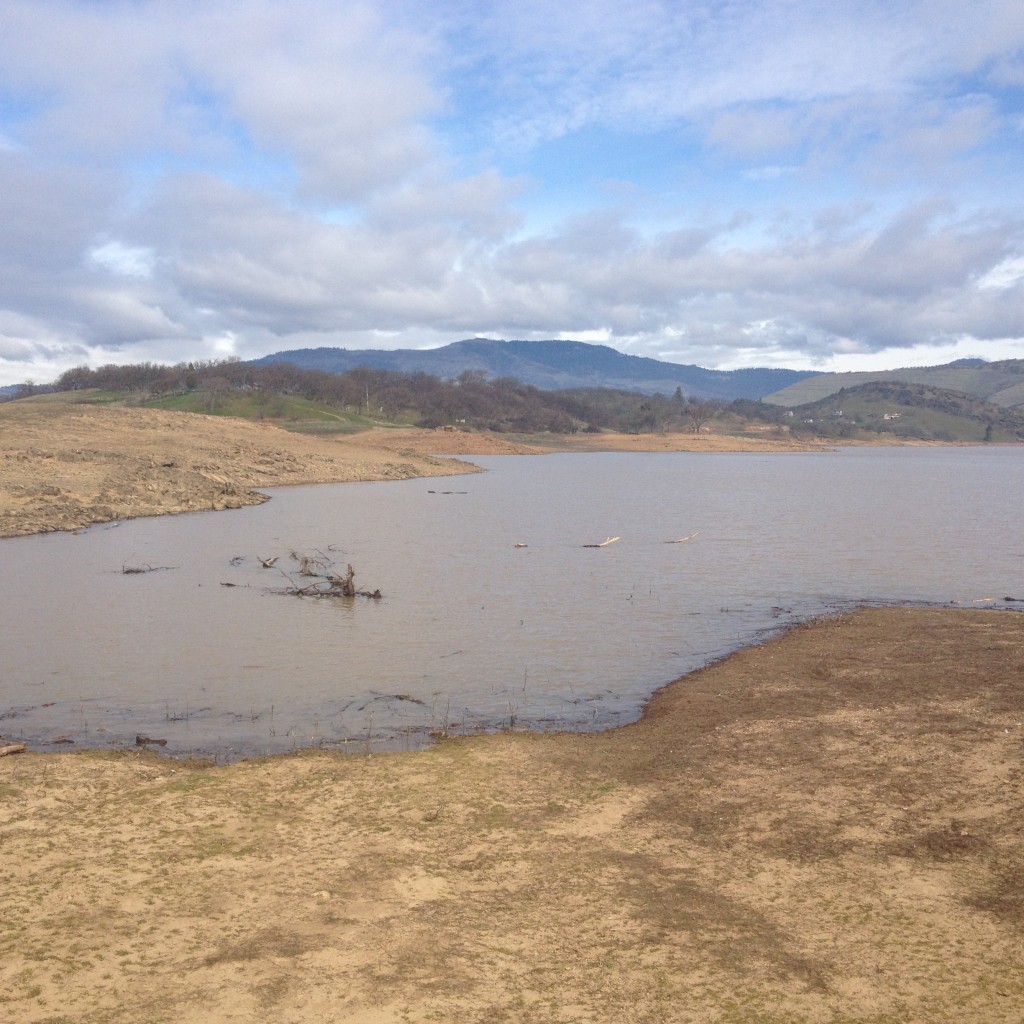 Citizens of Ashland have been pondering Southern Oregon University’s daily watering of its grass for years, according to at least one source. As an example, Regina Ayars wrote a letter this past June to the editor of the Daily Tidings. Ayars mentioned watering grass during the day, the issue of wasted water on the sidewalk and watering grass in general, despite being in the fourth year of a drought leaving reservoirs depleted from low snow pack. SOU’s response to the letter was a defense of what it has done in efforts to conserve water over the years with its currently aged irrigation system, especially in the current drought. These efforts consist of bringing in native drought tolerant plants, making various cost effective upgrades to the irrigation system, and changing grassy landscapes into a more natural environment.
Citizens of Ashland have been pondering Southern Oregon University’s daily watering of its grass for years, according to at least one source. As an example, Regina Ayars wrote a letter this past June to the editor of the Daily Tidings. Ayars mentioned watering grass during the day, the issue of wasted water on the sidewalk and watering grass in general, despite being in the fourth year of a drought leaving reservoirs depleted from low snow pack. SOU’s response to the letter was a defense of what it has done in efforts to conserve water over the years with its currently aged irrigation system, especially in the current drought. These efforts consist of bringing in native drought tolerant plants, making various cost effective upgrades to the irrigation system, and changing grassy landscapes into a more natural environment.
In 2013, the campus upgraded portions of irrigation using new technology through Baseline Systems. These upgrades consists of 50 moisture sensors, several flow valves, and irrigation controllers, all which allow for monitoring of water use across the university, “I can monitor the system on my smart phone,” said one Facilities employee. The moisture sensors help deliver the proper amount of water to each area by keeping tabs on an area’s current water use. The flow valves detect breaks in pipes, shut them down, and notify SOU Facilities staff through texts and email. After repairs are made, the flow valves automatically bring the pipes back online. The Baseline upgrades help the university use water more efficiently.
SOU uses Talent Irrigation District to water the campus. When the irrigation system draws too much water, it dumps the excess back into Bear Creek, which flows from Emigrant Lake and into Talent, a neighboring city of Ashland. Talent gets their water from Emigrant Lake, among other local sources through canals, making up the Talent Irrigation District (TID).
Drip systems are another conservation effort SOU is undertaking when redesigning lawns to other landscapes, as these systems use water sparingly. Redesigning lawns is where SOU also plants native species resistant to drought and creating wildlife habitats.
SOU claims it has, “reduced water consumption by 25% as of 2014,” according to Facilities, and will follow any mandates made by the state of Oregon as the drought continues but it can’t let lawns die entirely as SOU facilities workers say green lawns and healthy plants make the campus look attractive to students and tourists.
The university is aware its current system is aged, having been installed between the 50s and 70s. It now has over 3,000 sprinklers covering hundreds of watering zones (to give perspective, the football practice field has 22 zones alone), and four Facilities staff to manage them.
To properly function, the system also needs constant water pressure which maxes out at about 300 pounds per square inch (PSI). “This is a lot of pressure,” said Facilities. One source also from Facilities, explained a garden hose as only having around 40 PSI, so when a sprinkler head is ruptured on campus, it can be like a geyser going off. Recent upgrades reduce this from happening. But it still hasn’t solved all problems, “A new system would cost millions without labor,” said Facilities staff. Vice President of Finance and Administration Craig Morris, was unavailable this week to comment on this statement to verify, but promises to comment next week.
Another issue to deal with–the current water pressure at 300 PSI, the irrigation system has to water at all hours of the day to relieve pressure, as well as when fields aren’t in use for practice or lounging by students. The university also says there’s too many watering zones to get it all done at night. However, it is addressing local concerns.
For those concerned with the drought and watering, Facilities asks you to help by reporting broken sprinklers or leaks in pipes immediately by calling 541-552-6117 Monday through Friday. Call CPS if there’s an emergency by dialing 541-552-6911 on weekends. Doing this will help conserve water.
For more information on Baseline Systems, visit http://www.baselinesystems.com/. For more information on Facilities and what they do for SOU, visit https://sou.edu/fmp/index.html.
Other factors and perspectives are involved with SOU water consumption. Updates to this article are ongoing.



